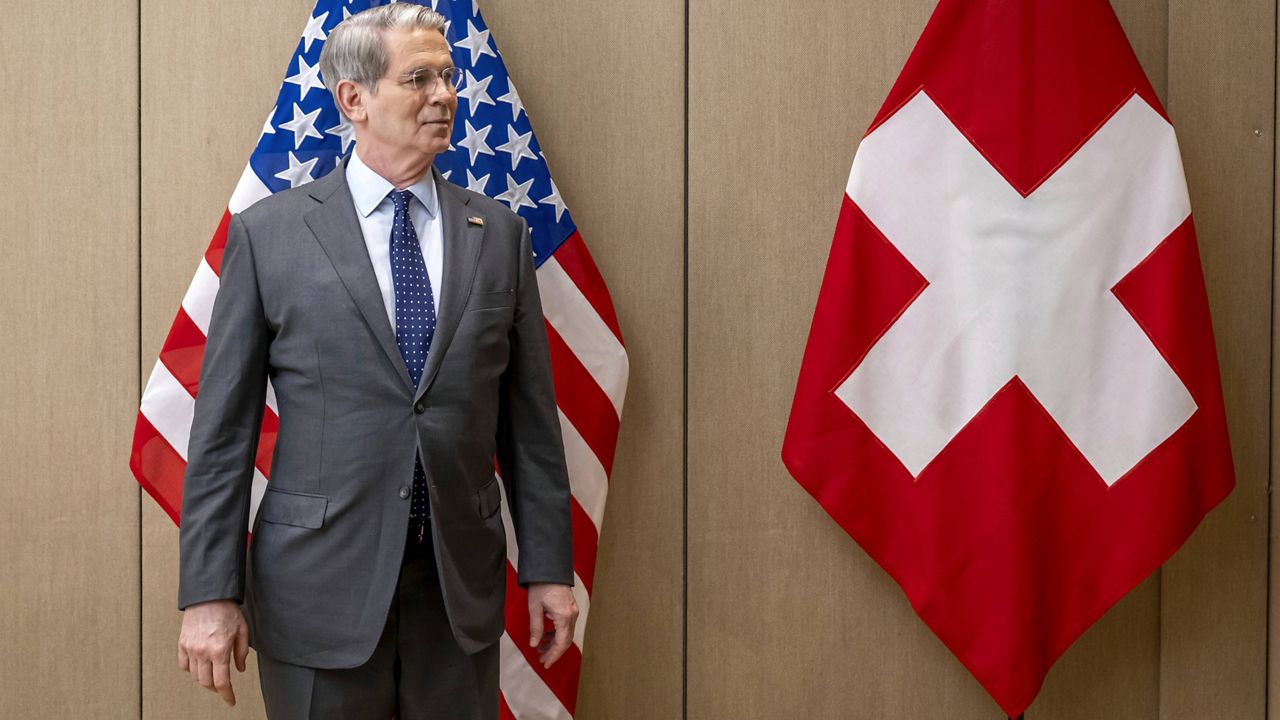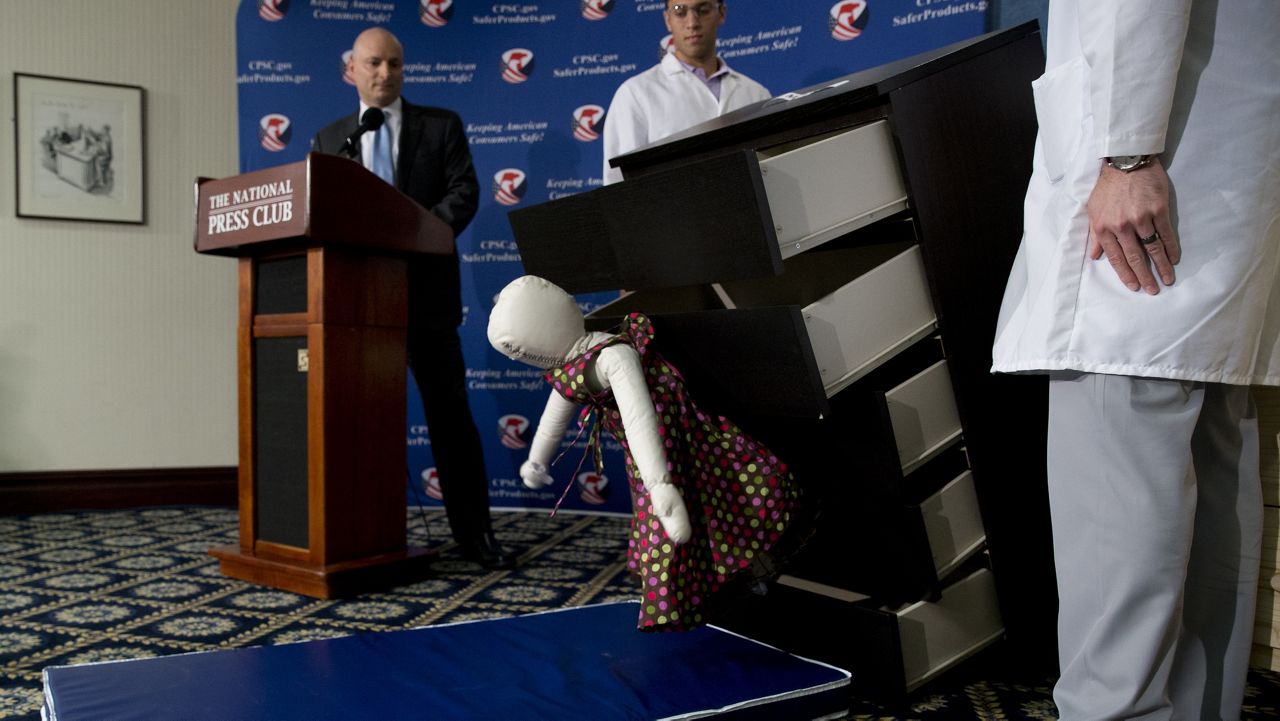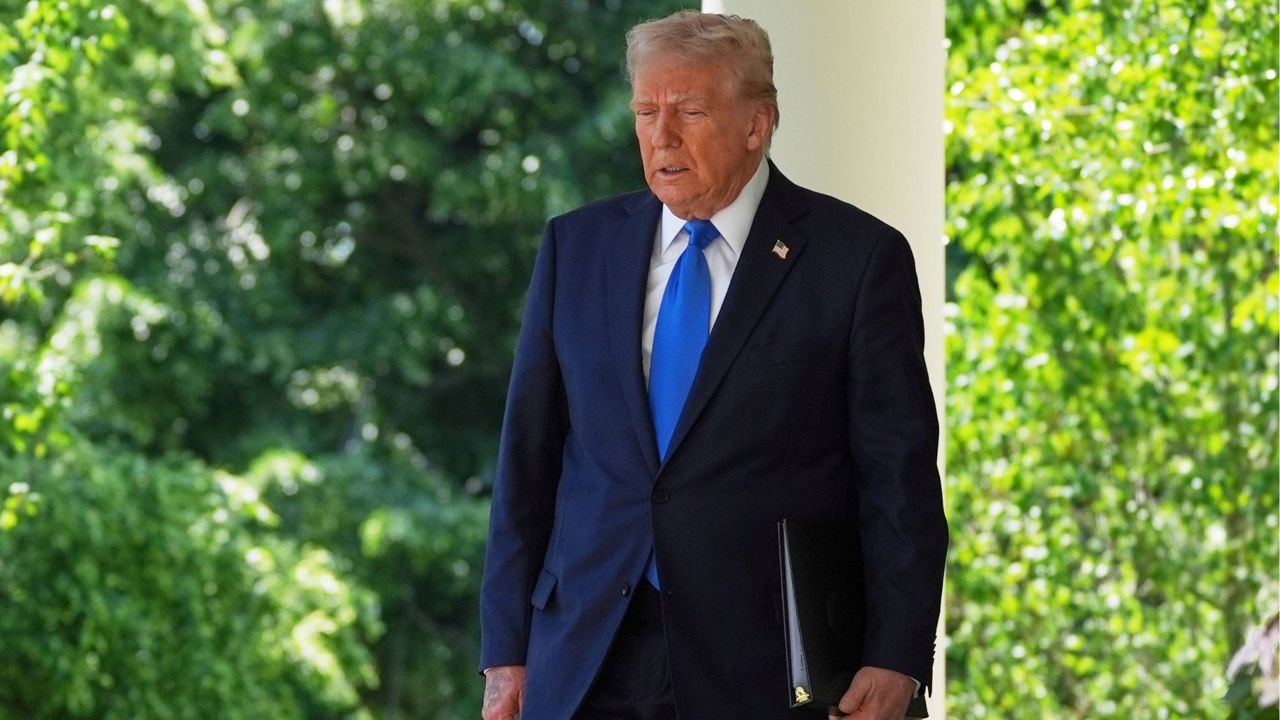Democratic Rep. Jeff Jackson, a freshman lawmaker, is set to introduce legislation in Congress to fix the weather radar gap in the Charlotte, North Carolina, area, an issue that has existed for years.
The closest National Weather Service radar to Charlotte is nearly 100 miles away in Greer, South Carolina.
The distance limits what radar can detect in and around Charlotte below a certain elevation. The limitations have resulted in a gap in coverage.
"It is completely unacceptable for an area this size not to be adequately protected by radar coverage," said Spectrum News Chief Meteorologist Jeff Crum.
While the South Carolina radar does a good job of picking up severe weather in higher elevations the weather doesn’t make it to the ground where the radar gap is, which can lead to premature tornado warnings.
Crum said that can cause people at home to become numb to the warnings.
"You get into trouble with a lot of false warnings, kind of that whole cry wolf syndrome … sometimes when you hear there's a tornado warning, you may not pay as much attention to it if it doesn't verify," Crum said.
And when there is severe weather in the lower elevations of the Charlotte area, the radar doesn't always pick it up. That can create a potentially life-threatening situation.
The gap has existed for years, but Congress has yet to pass legislation to fund a new radar.
"As soon I got elected, a lot of the weathermen in my district called me, and they were like, 'please work on this,'" said Jackson who represents parts of the Charlotte area.
Jackson said that in the next few weeks, he plans to introduce a bill in Congress to fill the radar gap. He said he is working on finding a Republican co-sponsor and is trying to figure out what type of radar should be funded.
"It's just a question of whether it's going to be Doppler or the next generation," Jackson said. "If it's the next generation, that's great, but it involves waiting."
The National Oceanic and Atmospheric Administration, which houses the National Weather Service, told Spectrum News it has lowered the angles of nearby radars to improve coverage of the Charlotte area. NOAA said it’s also "exploring the use of supplemental, commercial weather radar data when available, to aid our forecasters."
The Charlotte-Douglas International Airport has an FAA-controlled terminal Doppler weather radar which NOAA said it has incorporated into operation at its forecast offices.









